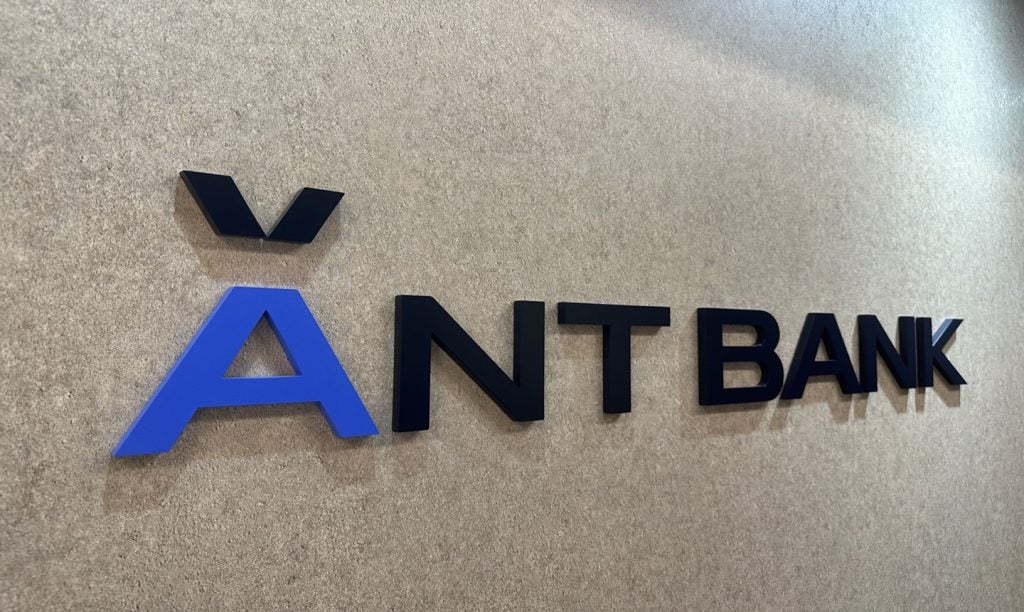The 30 percent surge in China
Construction Bank’s (CCB) share price on the day of its
Shanghai-based initial public offering (IPO) on 25 September was a
stark indication of the continuing strength of China’s banking
industry, a market relentlessly being driven forwards by banks such
as CCB, Industrial & Commercial Bank of China (ICBC) and a
growing body of smaller domestic and foreign players.
China now has two of the world’s three biggest banks by market
value – CCB and ICBC – according to research by data provider
Bloomberg. CCB moved into third place, overtaking Bank of
America (BofA), on the day of its IPO: CCB’s value grew to $226.9
billion, compared to Bank of America’s $224.5 billion, Citigroup’s
$231.8 billion and ICBC’s $278.6 billion.
In its half-yearly report, CCB – which is 8.19 percent owned by
BofA and 5.7 percent by Singapore’s sovereign fund, Temasek – said
that its profit before tax increased 54 percent to CNY50.54 billion
($6.7 billion). Its return on average equity was up 5.21 percentage
points year-on-year to 21 percent, its cost-income ratio declined
4.3 percentage points to 37.4 percent, and total assets increased
12.3 percent to CNY6.12 trillion.
Personal loans rose to CNY680.6 billion, an increase of 16.32
percent. In terms of retail banking, CCB recorded an operating
income of CNY32.2 billion for its personal banking business, a 57
percent rise compared with the end of December last year.
Distribution and customer service have been two of CCB’s main focus
points. According to the bank, its customer-centric, market-driven
branch service revamp programme has improved service turnover time
by 40 percent in 1,320 of its branches. At the end of the first
half of 2007, CCB had 2,213 self-service banking centres and more
than 27,600 self-service facilities. The amount of cash deposits
and withdrawals at the bank’s ATMs grew by 30 percent compared with
the first half of 2006.
Indeed, self-service banking is playing a big part in the rapid
development of China’s retail banking market. ICBC, for instance,
the country’s largest bank (and whose interim profit after tax rose
61.4 percent to CNY41.4 billion), reported in September that it has
by far the biggest online customer base in the country. As of the
end of July, the number of retail customers using ICBC’s internet
banking portal had reached 31.84 million (compared with 827,000 for
its corporate customers). The amount of internet banking
transactions over the period was CNY45.5 trillion, an increase of
90 percent, of which personal internet banking transaction amounts
reached CNY1.85 trillion, a year-on-year increase of some 230
percent.

US Tariffs are shifting - will you react or anticipate?
Don’t let policy changes catch you off guard. Stay proactive with real-time data and expert analysis.
By GlobalData
Good times continue
While the good times continue for CCB, ICBC and Bank
of China (operating profit up 46.5 percent to CNY50.32 billion),
the strength of China’s market has attracted a growing number of
domestic players as well as foreign banks. HSBC, Standard Chartered
and Citi are now able to offer renminbi-denominated retail banking
products to the Chinese mass market following regulatory
changes.
One bank in the ascendancy is the recently formed
Shenzhen Ping An Bank, a result of a merger between the small Ping
An Bank and Shenzhen Commercial Bank. In August, Shenzhen Ping An
Bank, owned by China’s second-largest insurance group, Ping An,
made inroads into retail banking with the launch of its first
credit card – the insurance-linked Wanlitong Affinity Card, which
will effectively leverage Ping An’s core competence in insurance in
the booming card market.
In the insurance space, Ping An, with 26 percent and 24.5 percent
shares of the insurance market in Shanghai and Beijing,
respectively, is meeting main rival China Life head-on in terms of
bank acquisitions. In October 2006, China Life, China’s largest
life insurance player, participated in a consortium – of which
Citigroup was a member – that took a strategic stake of 85.6
percent in Guangdong Development Bank. China Life, which has been
linked with GE Money (see News
digest), is also the largest shareholder in China Minsheng
Bank, one of China’s leading tier two banks. It was also rumoured
to be eyeing a strategic stake in Agricultural Bank of China, the
smallest of the big four state banks in China (and the least
developed).
Ping An itself set a blistering pace in the first half of 2007,
lifting net profit 139.5 percent compared with the year-ago period.
Ping An’s results were, in particular, boosted by strong gains in
share investment values and its acquisition of Shenzhen Commercial
Bank. Net profit derived from banking operations soared from a mere
CNY1 million in the first half of 2006 to CNY1.09 billion.
In a report published on 12 September, ratings agency Fitch
concluded that although credit risk continues to represent the
single largest threat to the safety and soundness of banks in
China, both the banks and the government are more equipped today
than at any point in the past to deal with any asset quality issues
that may arise.
“Exposure to credit losses, while remaining sizeable, is becoming
increasingly manageable,” said Charlene Chu, director of Fitch’s
financial institutions team in Beijing. In the past, the level of
non-performing loans that banks could withstand before nearing the
point of insolvency used to be well below the actual level of bad
loans, highlighting just how deeply insolvent the banking system
had become. Now, however, the situation is reversed. “This is a
very noteworthy change for a banking system that was deeply
insolvent for close to a decade,” Chu added.








